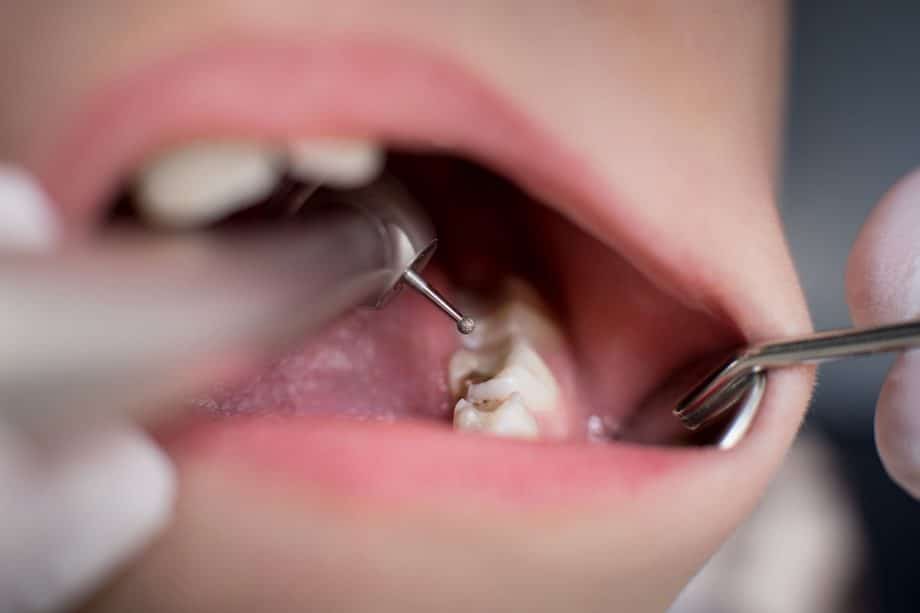Getting a dental filling is a smart step toward protecting oral health by halting the spread of decay and infection. While it may be a very routine procedure, proper aftercare is necessary for a successful recovery with limited discomfort.
Let’s dive into everything you need to know about caring for your child’s teeth after a filling.
Let the Numbness Wear Off
Dental fillings are typically done using local anesthesia. This will keep the area numb for a few hours—even after leaving the dentist. During this time, it is so easy for the young patient to accidentally bite their lip, cheek, or tongue without even realizing it because of the way it feels.
Avoid eating anything until the numbness wears off. And, because kids often think it's such a funny feeling, you want to remind them not to chew, poke, or bite their lips or cheeks.
Choose Soft Foods
For the first 24 hours after a dental filling, eating soft foods will help protect against any damage or irritation as everything settles. Below are a few recommended ideas, but there are so many soft foods to choose from.
- Soup or broth
- Pasta
- Rice
- Oatmeal
- Bananas
- Yogurt
- Smoothies
- Mashed potatoes
- Macaroni and cheese
- Applesauce
Be sure to avoid sticky, hard, and chewy foods, such as candies, gum, ice, nuts, pretzels, and jerky, as well as other foods that could put the new filling in jeopardy.
Monitor for Tooth Sensitivity
Expect your child to mention that the tooth feels a little strange. It may feel like it sticks out, as if it is taller than the rest of the teeth. It may be sore. And, it may be very sensitive to temperature changes of foods and beverages. This is completely normal and should go away within a few days.
In the meantime, to help avoid any unwanted tooth sensitivity, provide your child with lukewarm or room temperature foods—nothing ice cold or piping hot. Encouraging them to chew gently on the opposite side for a couple of days is always a good idea, too.
During this time, over-the-counter pain relievers are highly effective at reducing any discomfort. Be sure to buy the age-appropriate medication and follow the dosage listed on the package.
Should this sensitivity continue for more than a week, give your pediatric dentist a call.
Routine Care is a Must
You may be inclined to have your little one avoid brushing and flossing after a dental filling, but good oral hygiene is essential for healthy healing. The key is to be gentle while brushing around the treated area for the first 24 hours.
On day two, regular brushing and flossing of the entire mouth should resume—just be gentle.
The healthier the mouth, the better. And teaching your child how to care for their teeth and gums after a filling reinforces lifelong healthy habits.
Frequently Asked Questions
How long should my child avoid eating after a filling?
If local anesthesia is used, wait until the numbness wears off before eating. The length of time may vary, but it should be about 2 to 3 hours.
Is it normal for my child’s tooth to hurt after a filling?
Yes, some mild discomfort is normal after getting a dental filling. This may last for a few days and can be treated with an over-the-counter pain reliever. However, any sharp pain, pain when chewing, or pain that lasts more than a few days should be brought to the dentist’s attention.
At Suffolk Pediatric Dentistry and Orthodontics, we specialize in gentle, kid-friendly dental care that not only keeps parents confident but keeps our patients smiling. If your child has recently had a feeling or you suspect a cavity may be present, we are here to help. Call us today to schedule an appointment at one of our convenient locations.

